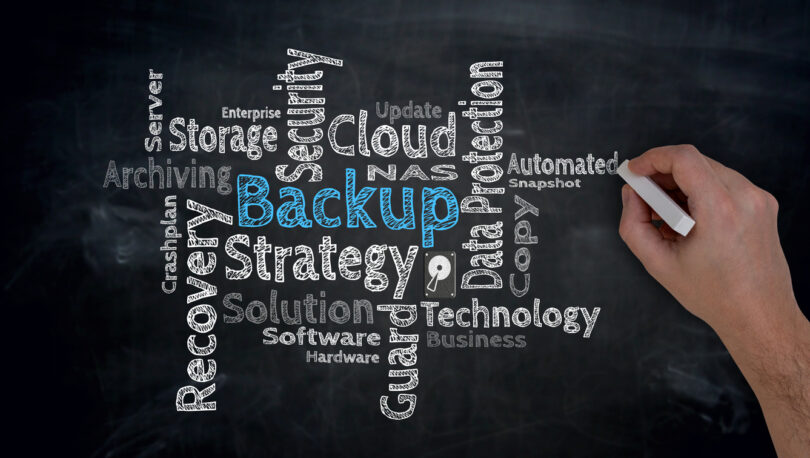Thinking about buying cloud-based data center backup and recovery? You’re not alone. As companies seek to store and protect greater volumes of data, cloud storage solutions present an attractive alternative to on-premise data center backup and recovery solutions.
Historically, data center backup and recovery has always been important, but hasn’t been a “tier 1” spend item in the grand scheme of all things Enterprise IT. However, data production and storage requirements are going through the roof in almost every industry. Consequently spend in this area continues to grow, and the vendor landscape is shifting day to day. The marketplace includes a mix of pure cloud vendors like Druva and Code42, and legacy on-premise data center backup and recovery leaders like CommVault (a Bell Labs spinoff for you IT history buffs) that are introducing new cloud-based solutions.
Cloud Based Data Center Backup and Recovery: Top Pros and Cons
Cloud storage has become increasingly more relevant to organizations due to the efficiencies of:
- Eliminating costly data storage hardware targets in the data center
- Anywhere/anytime access, giving users full availability to their data no matter the time or location
- Simplified management and control through eliminating the need for (and reliance on) software/solution-specific backup admins that hold the keys to the data
- The ability to leverage the best infrastructures on the planet offered by cloud providers such as AWS and Microsoft who spend huge amounts of money on their technology to make it flexible, efficient, scalable and secure. Most organizations cannot afford to spin up anything close to this type of robust backup infrastructure.
- Instant disaster recovery via cloud will usually reduce ongoing disaster recovery readiness costs because your data is already protected by redundant and secure cloud providers
While the list above paints a compelling picture for cloud-based data center backup and recovery, there are a few considerations that need to be examined closely.
TCO Justification
Even though there is the elimination of hardware infrastructure and personnel, there is a point when the amount of backup data pumped into the cloud will reach a price point where it no longer has an attractive TCO justification. Future data growth rates should be evaluated to define that tipping point. Will new versions of core applications be written with exponentially larger storage requirements to the point where transmitting and housing this information off-site will no longer be cost effective?
Switching IaaS Vendors
What if your relationship with Microsoft, AWS, etc., changes and the decision is made to switch cloud vendors? How will you get a petabyte or more of information changed over to another provider? What disruption and pain will this cause your organization? Check out the section on “data transition assistance” in this bulletin on 8 Questions to Ask When Your Vendor Wants You to Move to the Cloud.
Full Recovery
Some circumstances may require an immediate and complete recovery of data, and getting that done in a timely and cost-efficient manner could present an insurmountable challenge. It happens (fortunately, not frequently), but for companies with specific risk profiles, it is important to evaluate these capabilities. How can 500 GBs or more of data be retrieved from a cloud provider within a few days due to an unforeseen circumstance?
